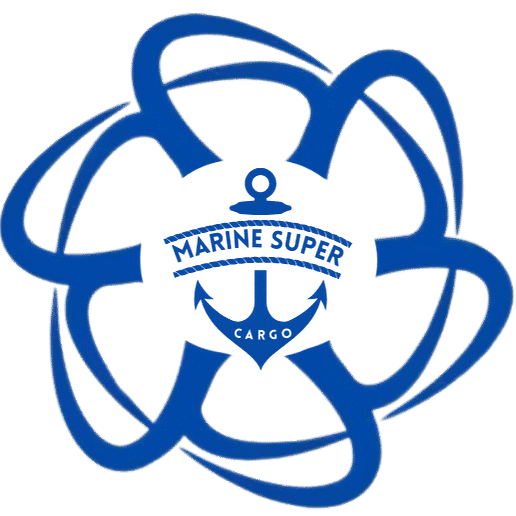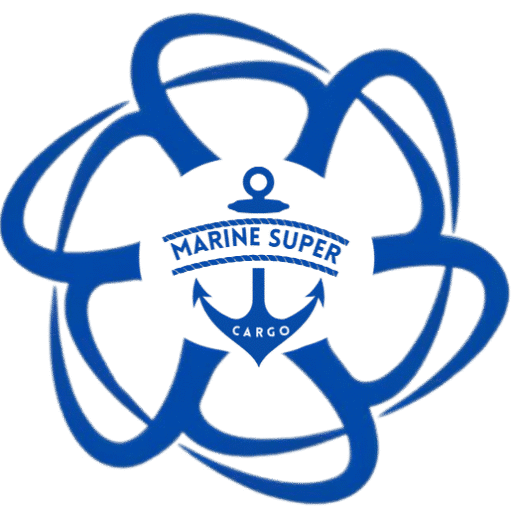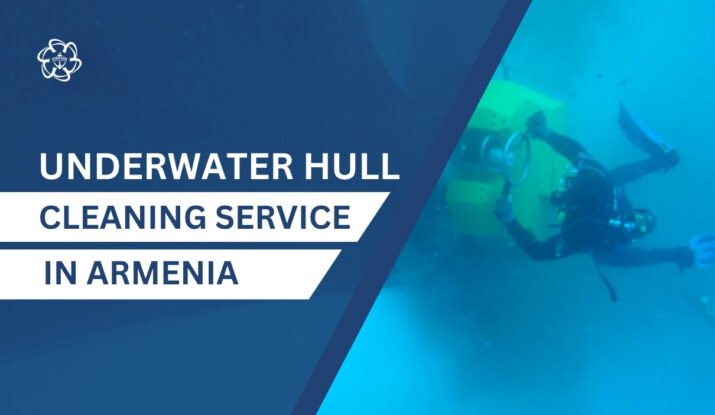Introduction: Underwater Hull Cleaning in Armenia
Although Armenia is a landlocked country, its maritime relevance shouldn’t be underestimated. With its expansive Lake Sevan, one of the largest freshwater high-altitude lakes in the world, Armenia maintains a niche but active segment of inland water transportation, fishing, and eco-tourism. These sectors depend on reliable, efficient vessels, and that’s where underwater hull cleaning becomes critically important.
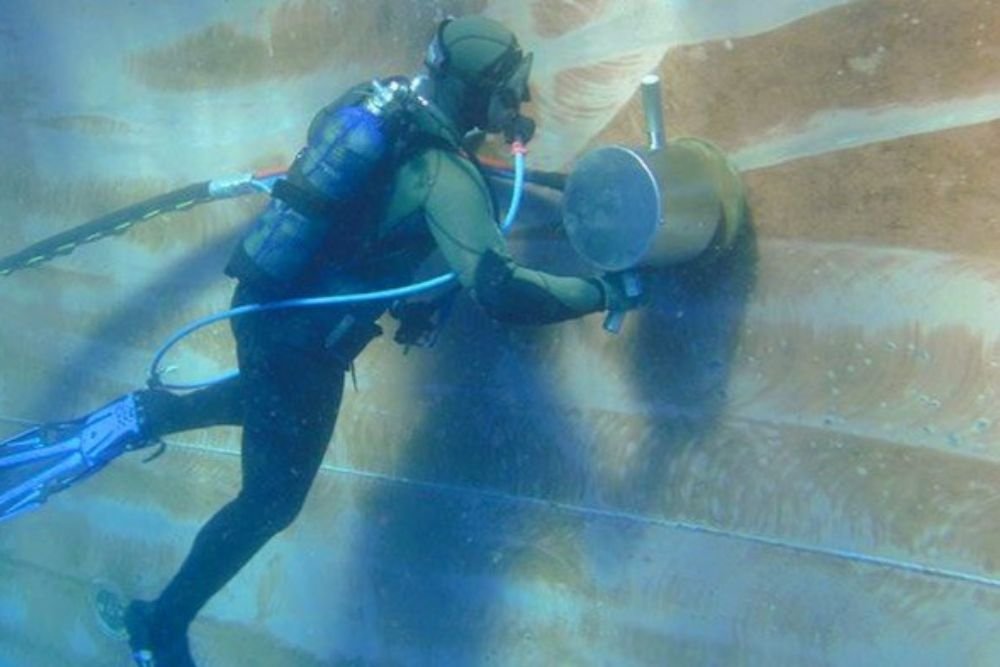
Underwater hull cleaning, typically associated with large sea-going vessels, is becoming increasingly relevant for Armenia. As more recreational boats, patrol vessels, and scientific research boats operate on Lake Sevan and smaller reservoirs, maintaining optimal hull condition becomes both an environmental necessity and an economic opportunity. In this article, we’ll explore what underwater hull cleaning is, why it’s essential in Armenia, the methods available, and the ecological, legal, and economic implications.
Understanding Underwater Hull Cleaning in Armenia
Underwater hull cleaning involves removing biofouling—the accumulation of microorganisms, plants, algae, and animals—on the submerged parts of a boat or ship’s hull. This bio-growth leads to:
- Increased hydrodynamic drag reduces vessel speed and maneuverability.
- Higher fuel consumption, sometimes up to 30% more.
- Degradation of hull coatings and materials.
- Potential for invasive species to spread between ecosystems.
In freshwater bodies like Lake Sevan, biofouling is different from marine environments. You may find softer biofilms, algae, and microbial layers, but over time, they still cause substantial efficiency losses and contribute to ecological disturbances.
Why is Underwater Hull Cleaning Vital in Armenia?
Armenia is a mountainous country with limited but strategically significant water bodies. Lake Sevan accounts for more than 90% of Armenia’s surface water resources, and it plays an essential role in ecology, economy, and culture.
Environmental Stewardship
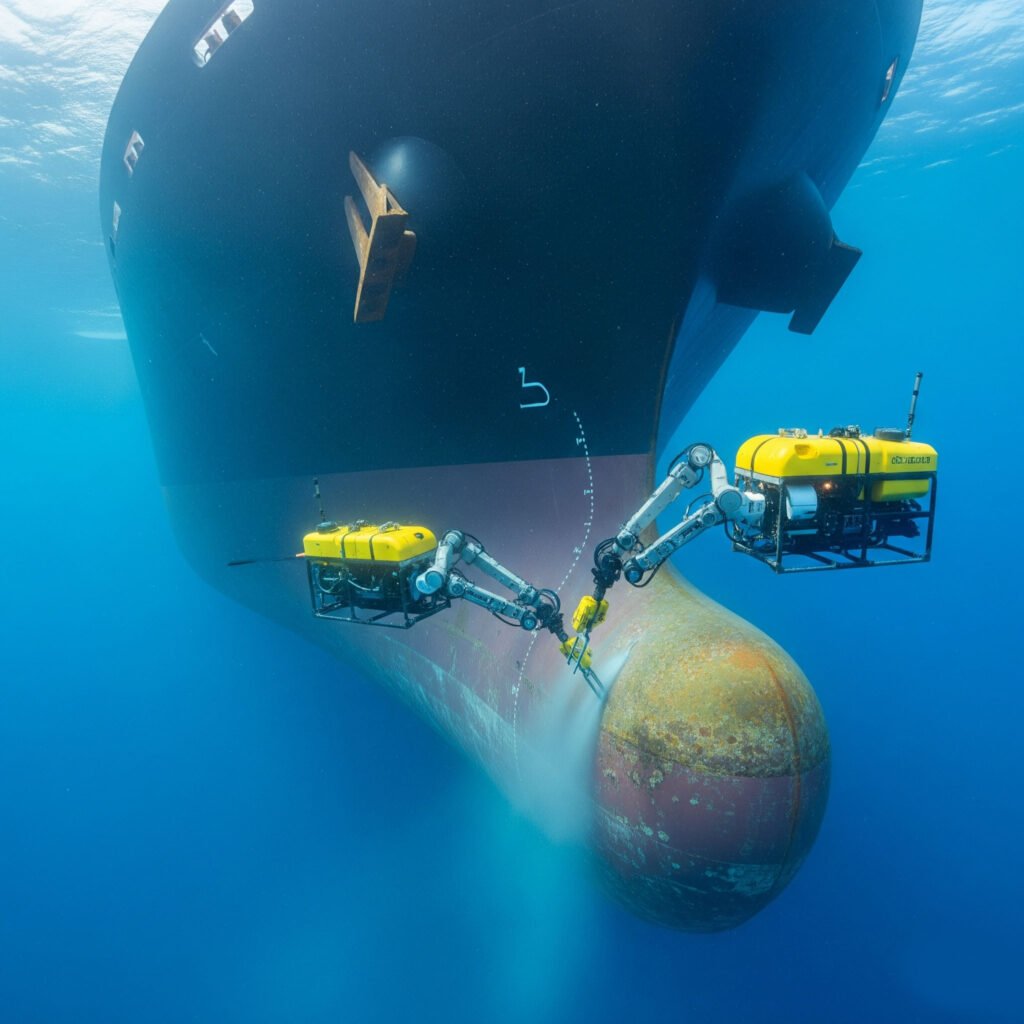
Lake Sevan is a protected national treasure. It is sensitive to pollution, eutrophication (excess nutrients), and temperature shifts. Boats operating on the lake contribute to water degradation when hulls are poorly maintained. Biofouling can release organic materials that feed algae blooms or transfer harmful microorganisms.
By cleaning vessel hulls, Armenia can:
- Protect water quality.
- Prevent the introduction of invasive freshwater organisms.
- Maintain a healthier aquatic ecosystem for endemic species like the Sevan trout.
Energy and Economic Efficiency
Armenia relies heavily on energy imports. Every opportunity to reduce energy consumption is a step towards self-sufficiency. Clean hulls reduce engine load, thereby lowering fuel use—a crucial benefit for both private operators and government departments operating research and patrol vessels.
Even electric boats benefit. A clean hull requires less battery power to move, improving the range and operational lifespan of the vessel.
Tourism and Safety
Eco-tourism on Lake Sevan is expanding. From paddleboats to luxury lake cruises, safety and aesthetics are paramount. Biofouling not only hampers performance but can also affect buoyancy and engine functionality, potentially posing safety risks.
Regular hull cleaning ensures safe, smooth rides and leaves a good impression on eco-conscious tourists.
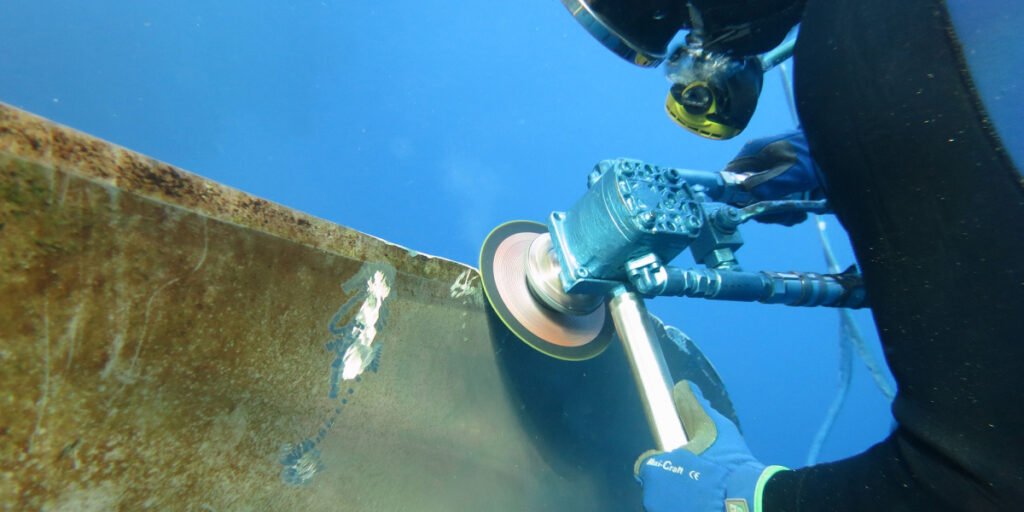
How Underwater Hull Cleaning in Armenia Works
Underwater hull cleaning can be conducted via different methods based on vessel size, hull material, biofouling type, and location. Here’s a detailed look:
Diver-Based Manual Cleaning
Divers scrub or scrape the hull using brushes or handheld tools. This method is:
- Ideal for smaller boats.
- Offers visual inspection of hard-to-reach areas.
- Affordable for one-time cleaning.
However, it may not be scalable for larger vessels and often requires skilled personnel, insurance, and weather-safe windows.
ROVs (Remotely Operated Vehicles)
ROVs equipped with cameras and cleaning attachments are increasingly used in developed countries and ports. They:
- Minimize human risk.
- Work in low-visibility or dangerous conditions.
- Provide real-time footage for inspection and cleaning validation.
Armenia has limited access to ROV services, but with growing tech investment, this method may become feasible and cost-effective.
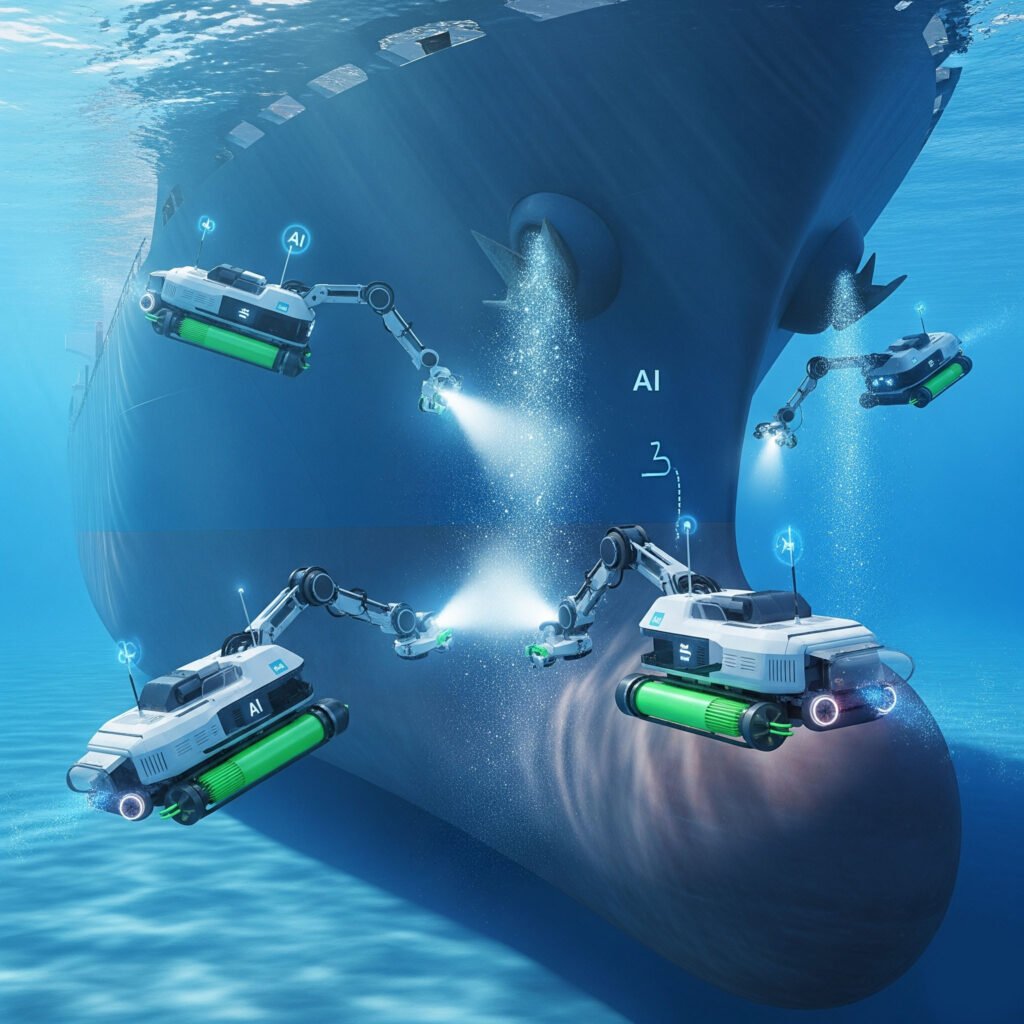
Cavitation Jet Cleaners
These use water pressure and microbubbles to detach biofouling without damaging paint. This method is:
- Eco-friendly.
- Minimally abrasive.
- Suitable for vessels with advanced coatings.
Though rare in Armenia at present, such equipment can be introduced through government grants or partnerships with environmental NGOs.
Legal & Ecological Considerations in Armenia
Armenia has signed international treaties and maintains strict domestic regulations to protect Lake Sevan and other water bodies. Hull cleaning, if done improperly, can:
- Dislodge paint containing heavy metals.
- Stir sediments, releasing harmful nutrients.
- Harm aquatic flora and fauna.
To prevent this, cleaning should be performed using:
- Certified non-toxic tools.
- Sediment barriers or filtration.
- Seasonal guidelines to avoid cleaning during fish spawning.
The Lake Sevan Protection Law (2001) and national biodiversity strategies promote eco-friendly practices. Any underwater service provider should comply with these standards, and vessel owners must ensure they hire registered, environmentally responsible companies.
Challenges Specific to Armenia
- Lack of Specialized Infrastructure:
Armenia currently lacks dedicated underwater cleaning docks or stations. Most cleaning must be mobile or performed manually. - Seasonal Operation Window:
Lake Sevan often freezes in winter, limiting underwater access for several months. Cleaning and maintenance are primarily concentrated in spring, summer, and early autumn. - Limited Public Awareness:
Many boat owners are unaware of the long-term cost savings and ecological impact of regular hull cleaning. - Cost Barriers for Technology Adoption:
Importing advanced equipment like ROVs or cavitation systems remains expensive due to Armenia’s geography and market size.
Opportunities and the Road Ahead
Despite the challenges, Armenia has immense potential to become a regional model for sustainable inland marine management. Here’s how:
Develop Local Talent
Investing in diving schools, technical certification programs, and marine engineering courses can create a new wave of skilled professionals.
Government-Backed Green Tech Adoption
Subsidizing eco-cleaning technology can make services affordable and promote innovation. Armenia’s green energy and water conservation programs can support this.
Tourism-Driven Eco-Initiatives
Eco-lodges and boating businesses around Lake Sevan can include hull cleaning as part of their sustainability checklist, appealing to foreign travelers and environmental groups.
Cross-Sector Partnerships
Collaboration with international marine maintenance companies can bring expertise, funding, and new technologies to Armenia’s shores.
Conclusion
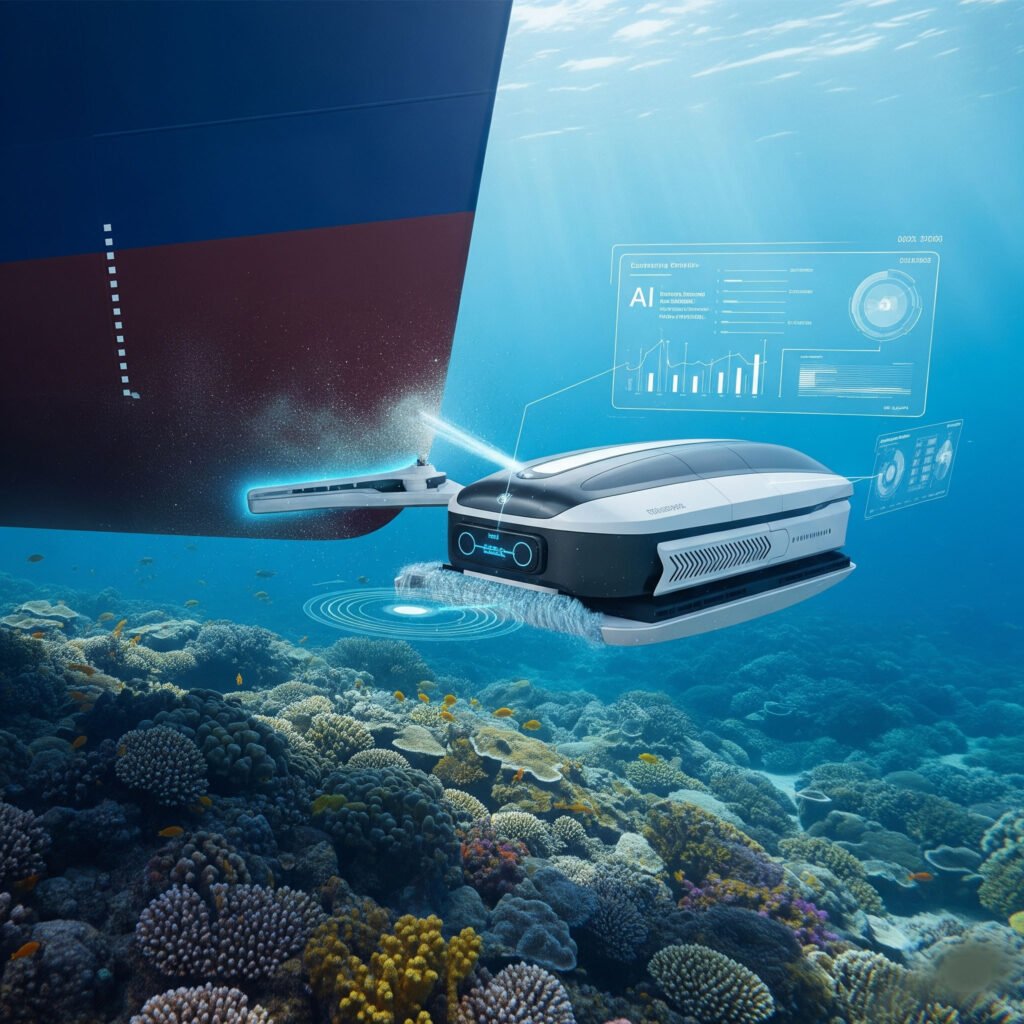
Underwater hull cleaning in Armenia is more than a technical service—it’s an ecological, economic, and infrastructural necessity. With Lake Sevan at the heart of its inland maritime activities, Armenia must balance economic development with environmental preservation. Hull cleaning offers that bridge.
For boat owners, it ensures smoother rides and savings. For the government, it preserves natural resources. And for the ecosystem, it prevents degradation and promotes sustainability. With the right vision, Armenia can position itself as a leader in sustainable inland waterway management in the region.
Call to Action
Is your vessel ready for the next season on Lake Sevan?
Ensure top performance and protect our precious waters by scheduling a professional underwater hull cleaning.
✅ Connect with eco-friendly experts like Marine Super Cargo for high-quality hull maintenance.
✅ Refer to global standards set by the International Maritime Organization (IMO) for responsible marine cleaning practices.
✅ Stay updated with environmental guidelines from Armenia’s National Policy Committee (NPC) to ensure full compliance.
Clean waters begin with clean hulls. Be proactive. Be responsible. Do your part today.
FAQs
1. How often should hull cleaning be done on Lake Sevan?
Once every 6–12 months, depending on vessel usage and season.
2. Does cleaning damage my boat’s paint?
Not if done using certified, non-abrasive methods like cavitation or soft-brush tools.
3. Can I clean my boat myself?
It’s possible for small vessels, but hiring a trained diver ensures better safety and environmental compliance.
4. Are there any regulations about underwater cleaning in Armenia?
Yes. Cleaning must comply with Lake Sevan protection laws and environmental guidelines to avoid fines and damage.
5. What are the signs of biofouling?
Slower speed, poor fuel efficiency, unusual vibrations, and visible algae or slime around the waterline.
